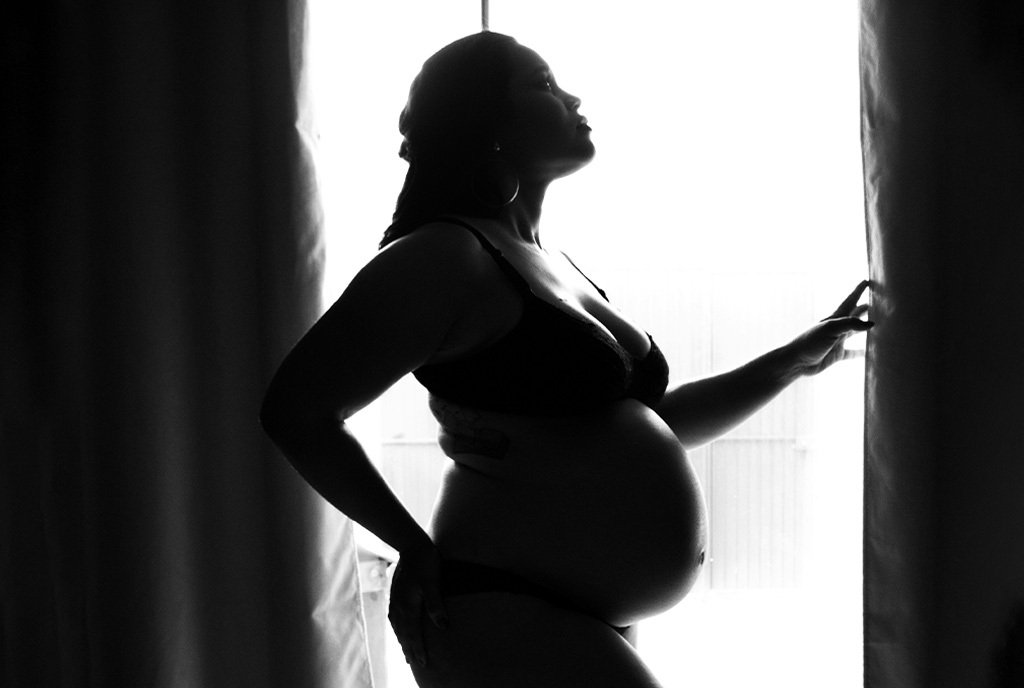February 15, 2016; Wall Street Journal
More than 32 million American citizens under the age of 65 are still uninsured, and an estimated 18 million more are either underinsured or dissatisfied with their basic health insurance. An even more staggering figure shows 108 million Americans lack dental coverage. The substantial figures are reflected in the attendance at nonprofit sponsored pop-up medical clinics, which stand in, however periodically, for basic and sometimes chronic basic medical, dental, and vision care.
Pop-up clinics, run by nonprofit groups such as Remote Area Medical, operate as large-scale doctors’ offices. These mega-clinics will treat thousands of patients in the course of a few days. The funding is routinely provided by private donors, and they run almost solely on volunteer medical staff. Operating as one-stop shops, patients often line up hours before opening, hoping to secure a spot to receive care. Clinic patients are often undocumented immigrants or the working poor.
The increasing number of pop-up clinics depicts a healthcare system in disarray and scrambling to provide access to treatment. Basic care, including routine physicals, immunizations, glasses, and medication for chronic diseases, can be difficult to obtain, and its lack can have dire consequences.
Many of the working-poor patients suffer from the implications of benefit cliffs. Benefit cliffs, also known as welfare cliffs, happen as family incomes increase, causing public benefits aimed at helping increase self-sufficiency to be lowered until they are completely gone. The implications often force families to choose between paying for basic needs such as food and housing or medications and new glasses. Pop-up clinics can provide relief for individuals and families seeking otherwise unobtainable care.
Sign up for our free newsletters
Subscribe to NPQ's newsletters to have our top stories delivered directly to your inbox.
By signing up, you agree to our privacy policy and terms of use, and to receive messages from NPQ and our partners.
Pop-up clinics that choose to create public-private ventures, such as the Seattle Center Foundation’s Seattle/King County Clinic, find their efforts are widely successful but continued infrastructure difficult to secure. One four-day clinic served over 4,000 patients and required nearly 46,000 hours of volunteer service. But there are limits; even a successful clinic, while adequately staffed and funded, may still operate only a few times a year. Space, time, volunteers, and money factor in to the inability to provide multiple pop-up clinics. With so many in need, clinics are often over capacity, meaning many of the most vulnerable patients will go without care. Other clinics have opted for a mix between mobile and pop-up health initiatives in hopes of providing more routine care. In a flawed system, pop-up clinics are working to provide aid where it is needed most in a timely manner.
To better understand how temporary clinics provide long-term benefits, the Mobile Health Map project assessed their abilities in a 2014 study published in the American Journal of Managed Care. The study concluded that:
Mobile clinics represent an integral component of the healthcare system that serves vulnerable populations and promotes high-quality care at low cost. There are an estimated 1500 mobile clinics receiving 5 million visits nationwide per year. Mobile clinics improve access for vulnerable populations, bolster prevention and chronic disease management, and reduce costs. Expanded coverage and delivery reform increase opportunities for mobile clinics to partner with hospitals, health systems, and insurers to improve care and lower costs.
While clinics provide continued care to vulnerable populations, the larger crisis of healthcare access means patients with the highest risk often go underserved. One day of stress-free, financially available, and accessible healthcare still means many clients will go without the other 364 days of the year.—Stacey Burton Alococer













